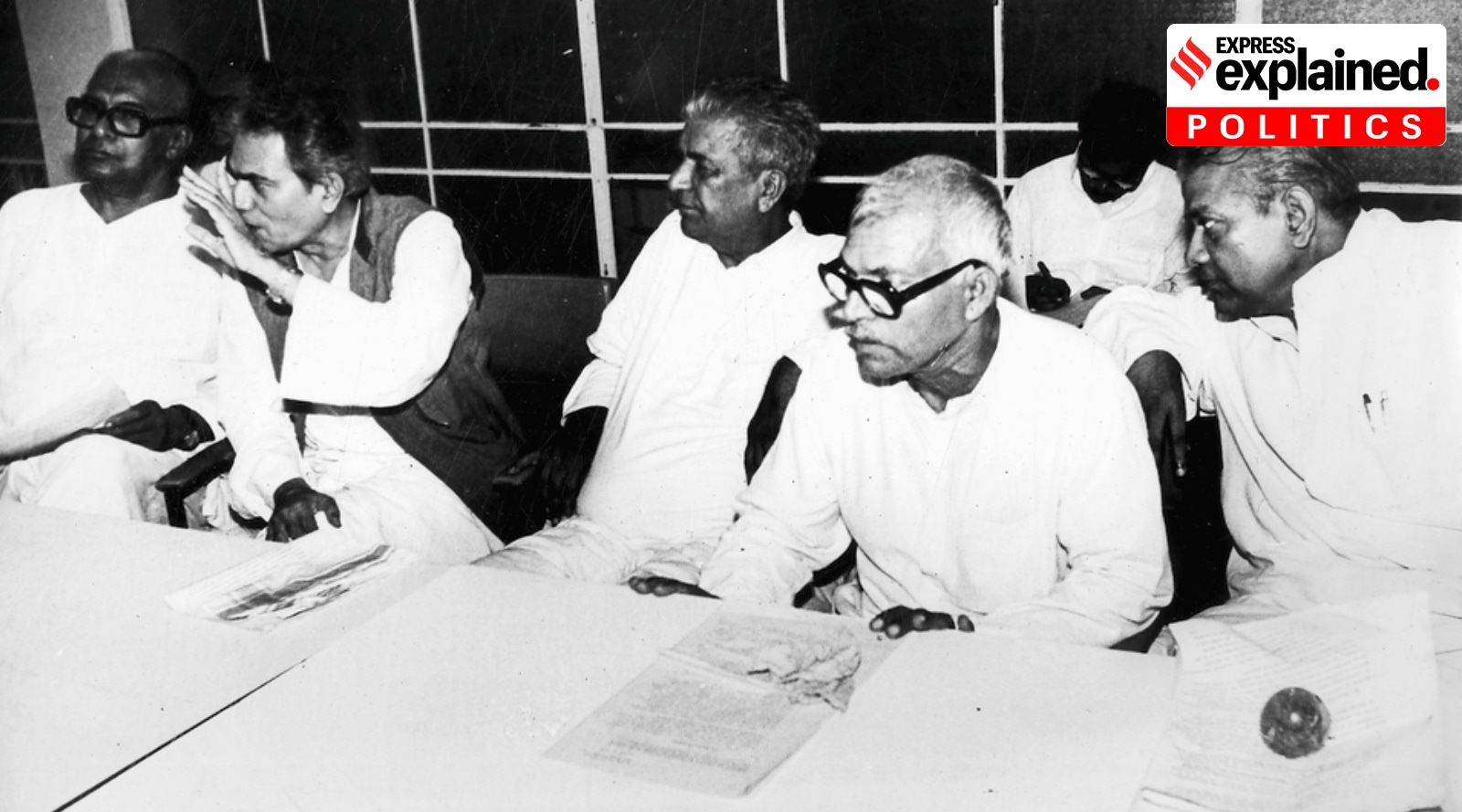The Minister for Backward Classes Welfare in Andhra Pradesh announced that a backwards classes census will begin on November 15th. The census aims to determine the numerical strength of the 139 backwards-class communities in the state. The data obtained from the census will assist the government in better serving these communities. The recent publication of the results of the caste survey in Bihar has raised the possibility that other states may also conduct similar exercises. The enumeration of castes and the sub-categorization of Other Backward Classes (OBCs) are important issues, as they ensure equitable distribution of reservation benefits. OBCs consist of marginalized communities and castes that are not Scheduled Castes (SCs) or Scheduled Tribes (STs). Social backwardness in India has traditionally been a direct result of caste status, leading to other forms of backwardness. Affirmative action for OBCs is mandated by Article 15(4) and Article 16(4) of the Constitution. OBCs are identified based on their occupations, such as cultivation, agriculture labor, carpentry, etc. There are different levels of marginalization among the various castes within the OBCs. The demand for reservation for the “backwards among OBCs” has grown as it is believed that a few “upper” OBCs have benefitted the most from the 27% reservation that was implemented more than 30 years ago. In Bihar, the caste survey identified 27% of the population as “backward” and 36% as “extremely backward classes” (EBCs). The OBC reservation in Bihar is currently divided among different groups. Two OBC commissions have been established in the past. The First OBC Commission, led by Kaka Kalelkar, prepared a list of 2,399 backward castes or communities, categorizing 837 of them as “most backward”. The Second OBC Commission, known as the Mandal Commission, identified 3,743 castes and communities as OBCs and recommended 27% reservation in government jobs and admissions to institutions. However, no subcategories were recognized within the 27% OBC quota. State governments have applied their own criteria to distribute quota benefits among various categories of OBCs. Each state has its own model for categorizing OBCs and allocating reservation benefits.
© Telusuko.com

